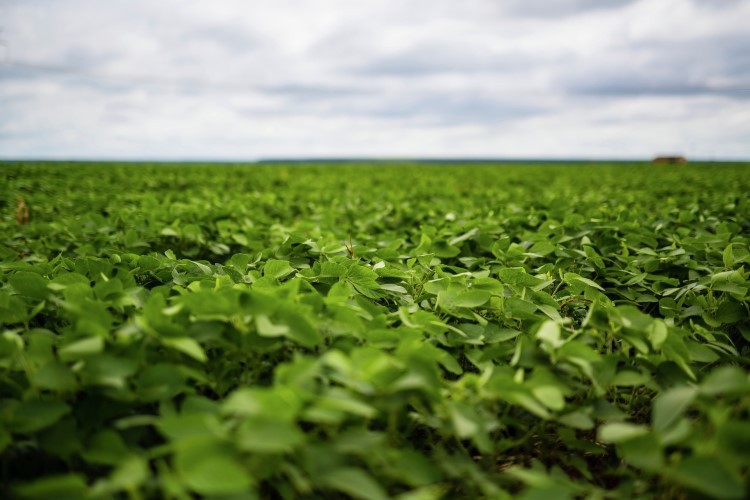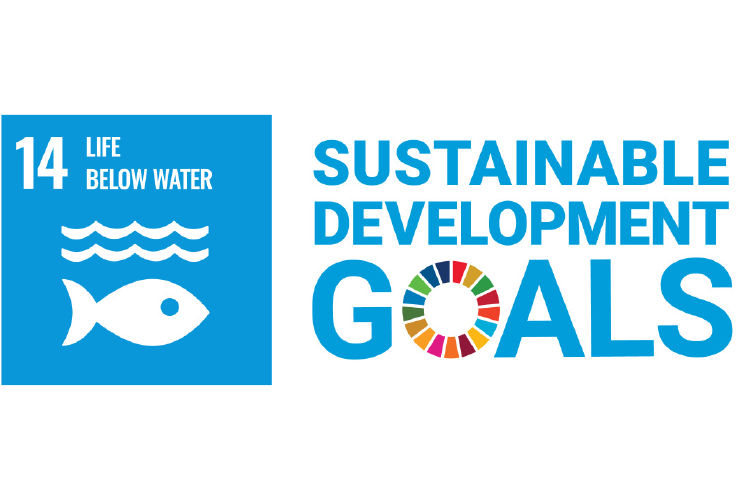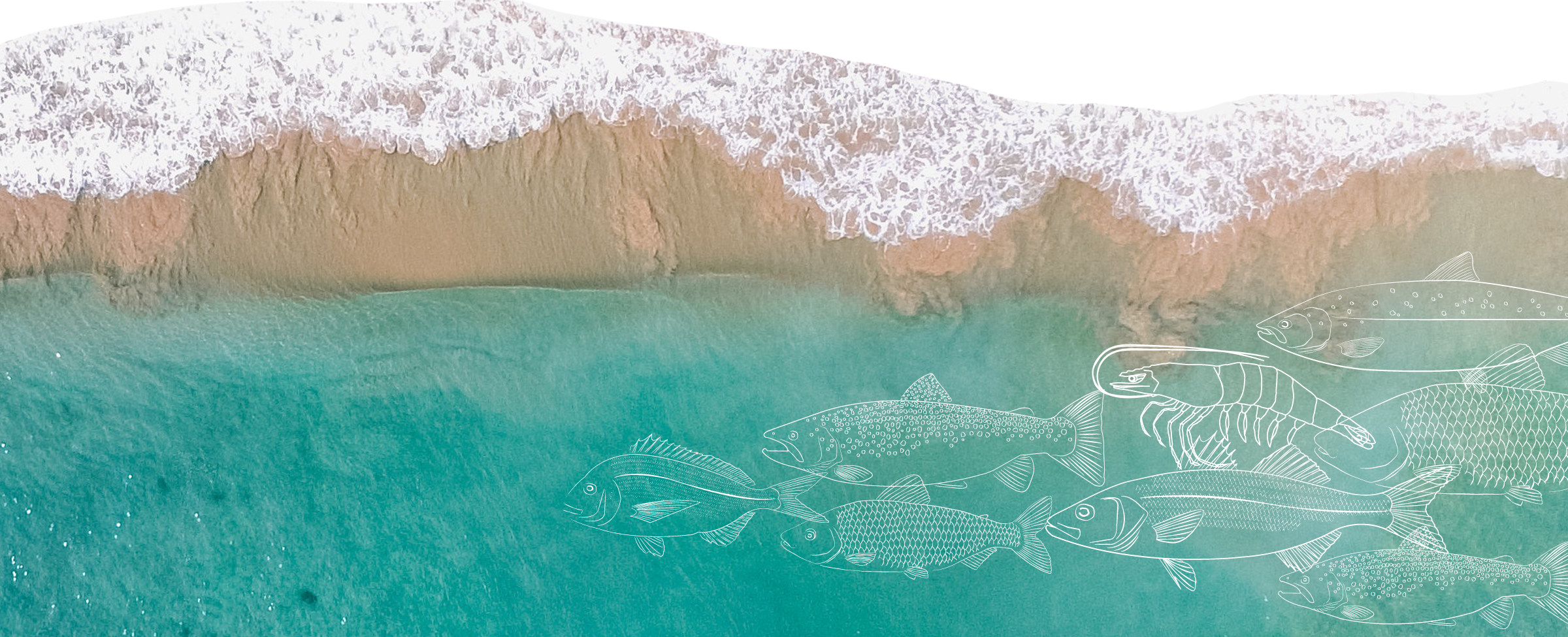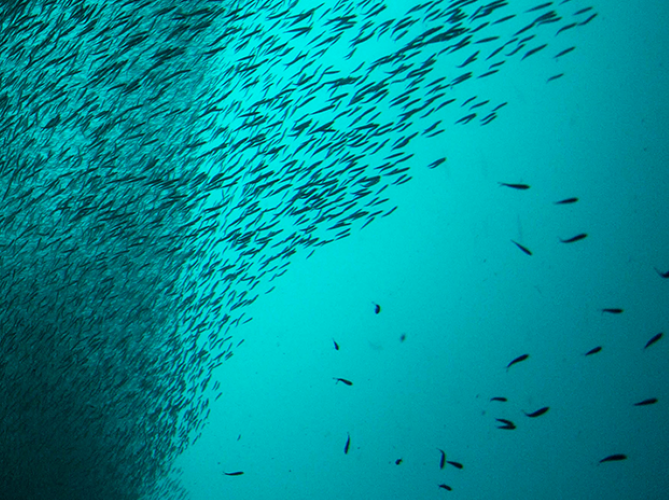
The origin of our marine ingredients
Wild fish harvested from the ocean and processed into fishmeal and fish oil are typical ingredients of many aquaculture feeds. Typically, small pelagic fisheries are used by the fishmeal and fish oil industry, indeed most of the fishmeal and fish oil that Skretting sources is from such fisheries, but in some regions, these resources are also important for direct human consumption. Skretting strives to ensure that all of its marine-based feed ingredients come from sustainable sources. This requirement includes the aim to align industry incentives that support processes that lead to improved fisheries management.
Our ambition is that all fishmeal and fish oil we use originates from fisheries that are managed according to the FAO Code of Conduct for Responsible Fisheries. This means that our suppliers must be able to demonstrate that the fishmeal and fish oil is certified according to the MarinTrust standard (which includes Marine Stewardship Council certification), or be participating in an improvement project with the aim of becoming MarinTrust certified.
In 2020, 75% of fishmeal and fish oil originating from whole fish that was purchased by Skretting came from fisheries certified according to the MarinTrust or MSC programmes, or from fisheries that were part of a MarinTrust fishery improvement programme (FIP). Our sustainability roadmap has the goal that by 2025 100% of fishmeal and fish oil purchased by Skretting will be MarinTrust certified or participating in a MarinTrust improvers programme.
Skretting strives to ensure that all of its marine-based feed ingredients come from sustainable sources.

In some regions, these species are important for direct human consumption. Through our sustainability programme, we strive to ensure that marine feed ingredients come from sustainable sources in the short- and long-term. We actively work to align industry incentives to support processes that will lead to improved fisheries management.
In addition to the use of wild-caught fish, we are increasing the use of by-products from the processing of fish for human consumption. These offcuts are valuable as a raw material from which fishmeal and fish oil is often produced. It is estimated that approximately one third of fishmeal is made from these by-products. This also makes it possible fro us to use feed ingredients that are not in direct competition with human nutrition, and which support the development of a circular economy.
We actively work to align industry incentives to support processes that will lead to improved fisheries management.
In 2020, 40% of Skretting’s fishmeal and fish oil came from trimmings and by-products, compared with 27% in 2019. Most of these by-products originated from wild-capture fish processing for human consumption, but we have seen an increased use in by-products from processing of farmed species like salmon, tilapia and shrimp.
By-products are collected from processing activities conducted by seafood companies, retailers, aquaculture operations, and onboard fishing vessels and more. Skretting's ambition is that all the fishmeal and fish oil derived from by-products can be traced back to its fishery origins and species of fish. These species must not be listed as endangered on the IUCN Red List of Threatened Species.




